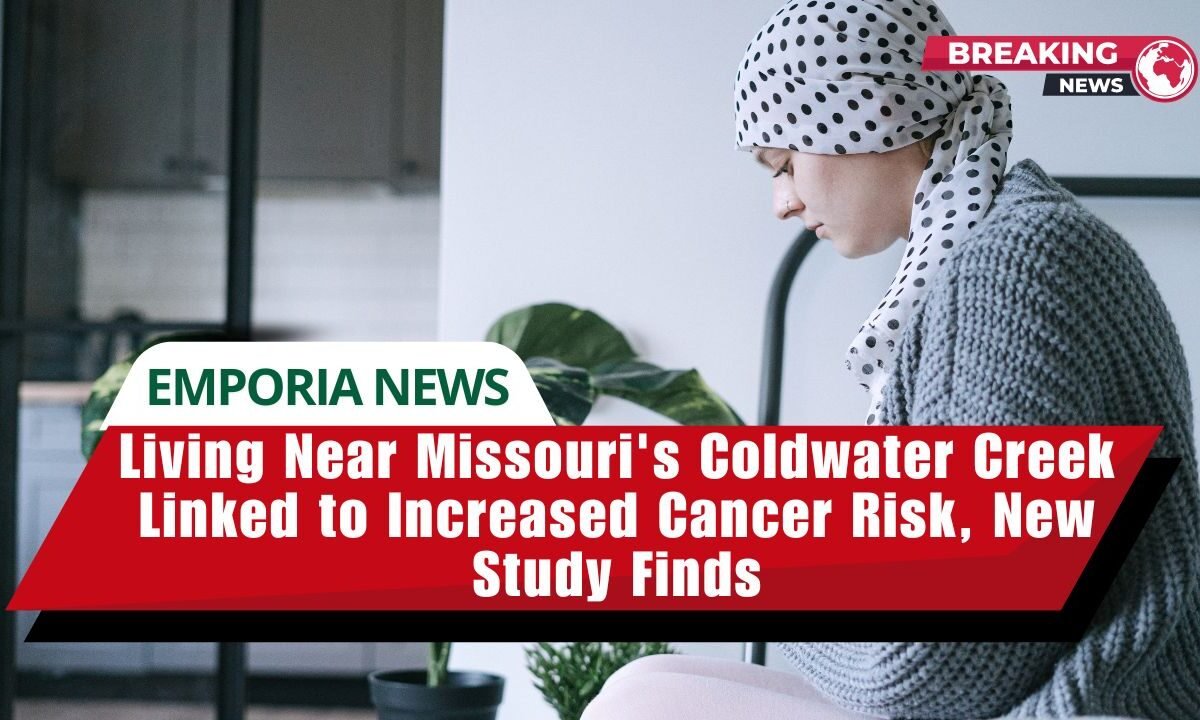A new study published on July 16 in JAMA Network Open has established a significant link between proximity to Coldwater Creek—a waterway long known for its radioactive contamination—and an elevated risk of cancer among residents who lived nearby, especially during childhood.
Researchers from the Harvard T.H. Chan School of Public Health, led by Michael Leung, PhD, discovered that individuals who lived closer to Coldwater Creek in north St. Louis County had a markedly higher chance of developing cancer, particularly radiosensitive cancers such as thyroid or leukemia, compared to those who lived farther away.
Historical Background: Radioactive Contamination and Coldwater Creek
Following the Manhattan Project in the 1940s, radioactive waste from atomic bomb production was stored in open areas near the St. Louis airport.
Over time, this waste made its way into Coldwater Creek, with contamination traced back to Mallinckrodt Chemical Works, which refined uranium in the area.
Despite ongoing cleanup efforts since 1989, the U.S. Department of Energy confirmed the presence of radioactive waste in and around the creek, raising long-standing concerns among local residents who have reported cancer clusters in the region.
The SLBT Study: Measuring the Long-Term Health Impact
The research is based on data from the St. Louis Baby Tooth–Later Life Health Study (SLBT). Between 2021 and 2024, scientists recruited 4,209 participants (average age: 63 years) who had originally donated their baby teeth between 1958 and 1970, allowing for long-term analysis of radiation exposure.
Key Findings Include
- The overall baseline cancer risk among participants was 24%.
- Compared to those who lived more than 20 km away, individuals who lived within 1 km of the creek had:
- 1.44 times higher odds of developing any form of cancer
- 1.85 times higher odds of developing radiosensitive cancers
- 1.41 times higher odds of developing non-radiosensitive cancers
Gender Differences in Risk
- Men living near the creek had:
- 2.33 times greater odds of developing any cancer
- 3.25 times greater odds for radiosensitive cancers
- Women showed smaller increases, with ORs of 1.02 and 1.32, respectively
The study also observed that cancer risks decreased as distance from the creek increased but remained elevated even for those living within a 1–20 km range.
Organs Most Affected and Ongoing Research Needs
Among the most affected organs, the thyroid gland stood out. Individuals who lived within 1 km of Coldwater Creek were found to have five times the risk of developing thyroid cancer compared to those living beyond 20 km.
While researchers acknowledged some uncertainties in location-specific risk estimates, they emphasized that the consistent pattern of elevated radiosensitive cancer rates strongly supports a connection to radiation exposure during childhood.
“Our findings are more consistent with radiation-induced cancers, particularly due to the elevated rates of radiosensitive cancers,” the authors noted.
Future Outlook: Expanding the Study for Greater Precision
The researchers believe that as more participants are added to the SLBT, and current subjects are followed over time, they will be able to refine their estimates and potentially uncover additional environmental or genetic factors that influence cancer risk.
“This study offers critical insight into the long-term health effects of pre-remediation childhood exposure to radiological contaminants in the Coldwater Creek area,” Leung’s team concluded.
The latest study on Coldwater Creek’s radioactive contamination provides compelling evidence that living near the creek—particularly during childhood—increases the likelihood of developing cancer, especially radiosensitive forms.
With decades of exposure and ongoing cleanup efforts, the study underscores the urgent need for public health monitoring, policy response, and expanded research to better understand the lasting impact of environmental radiation exposure in the region.




